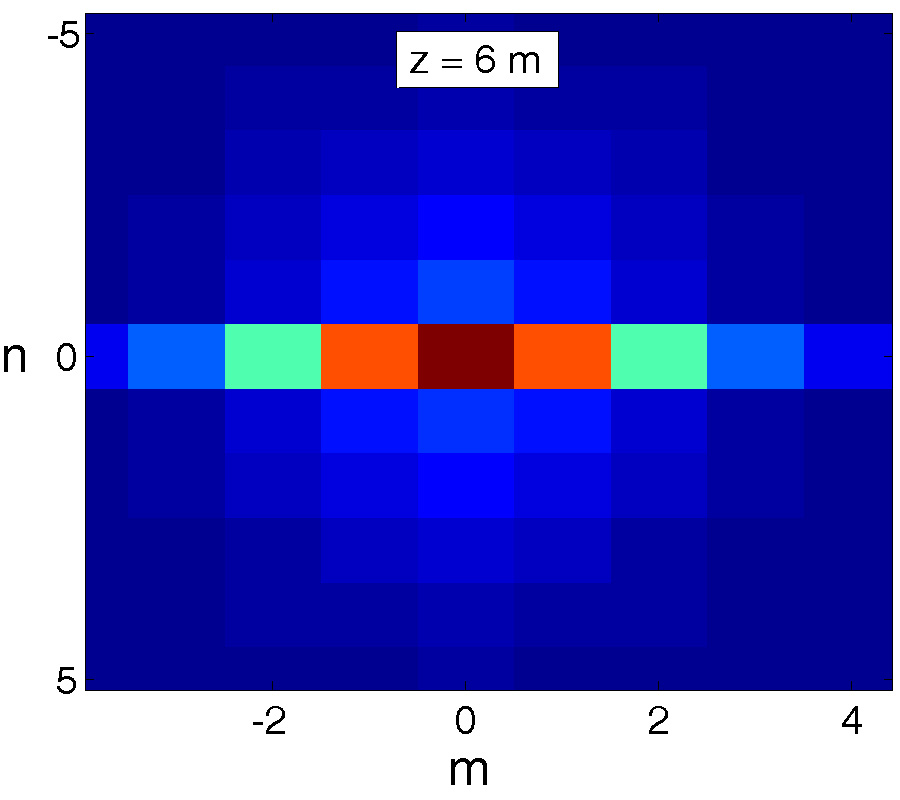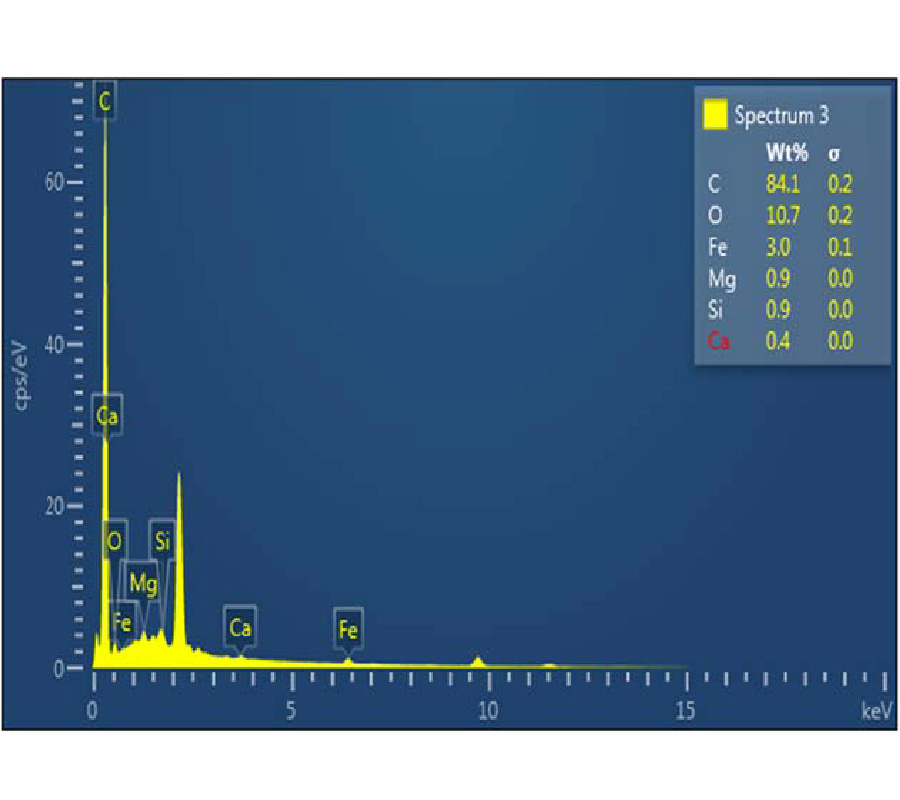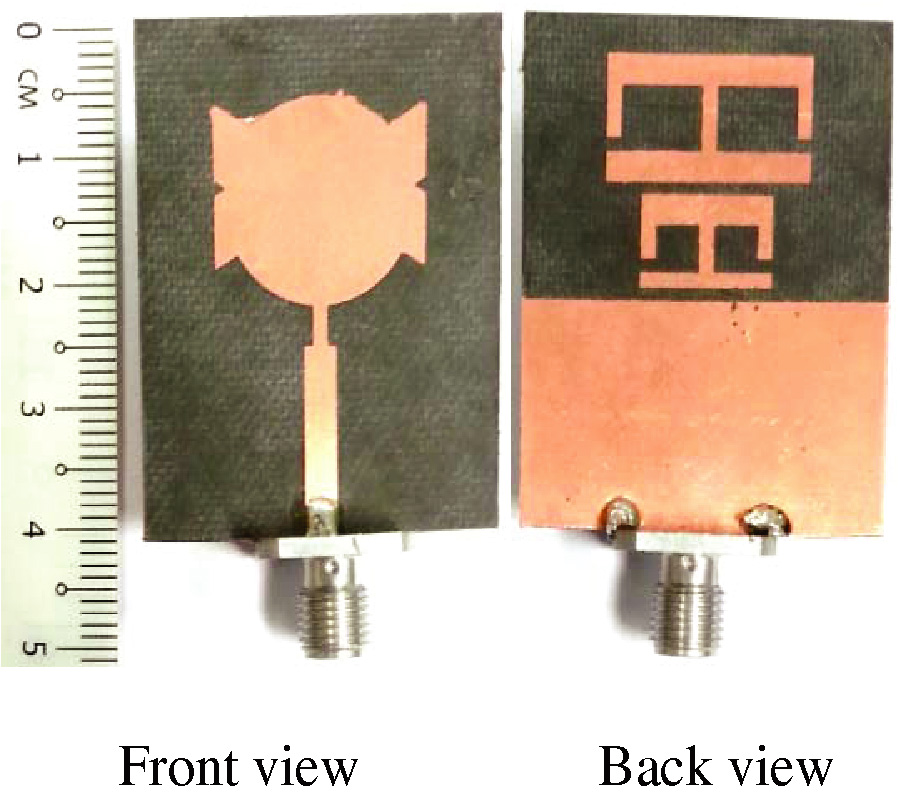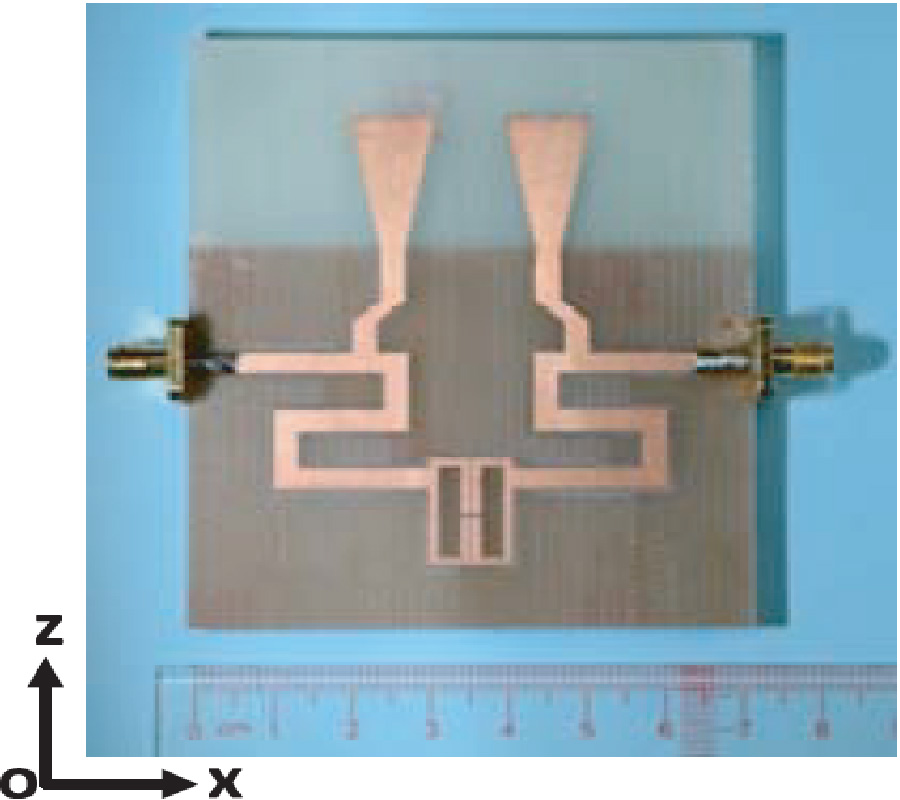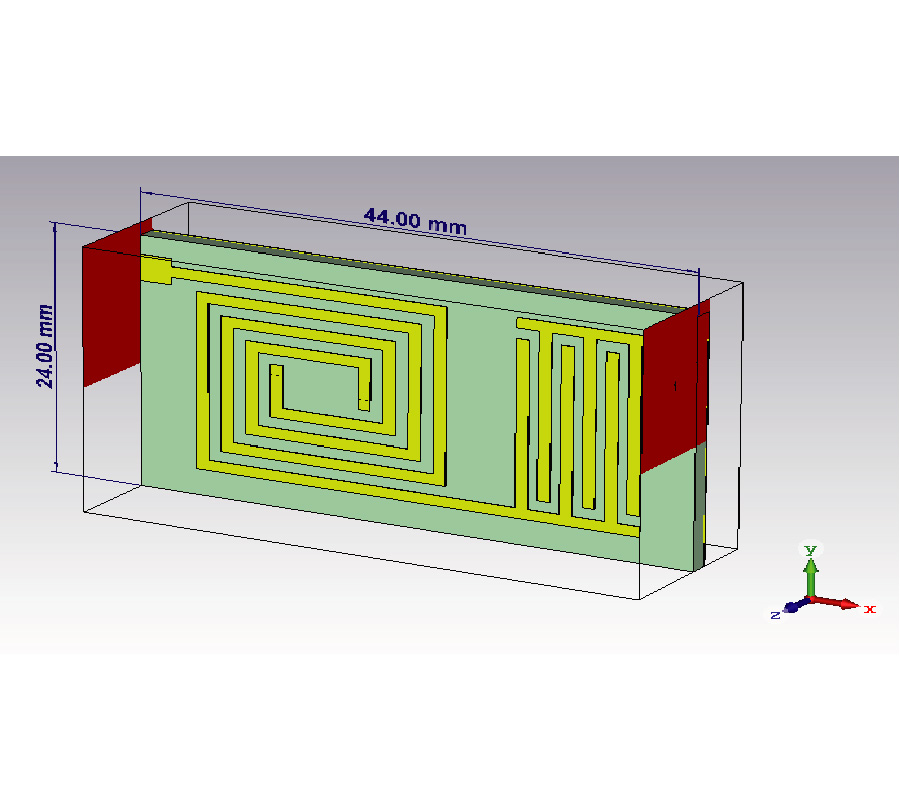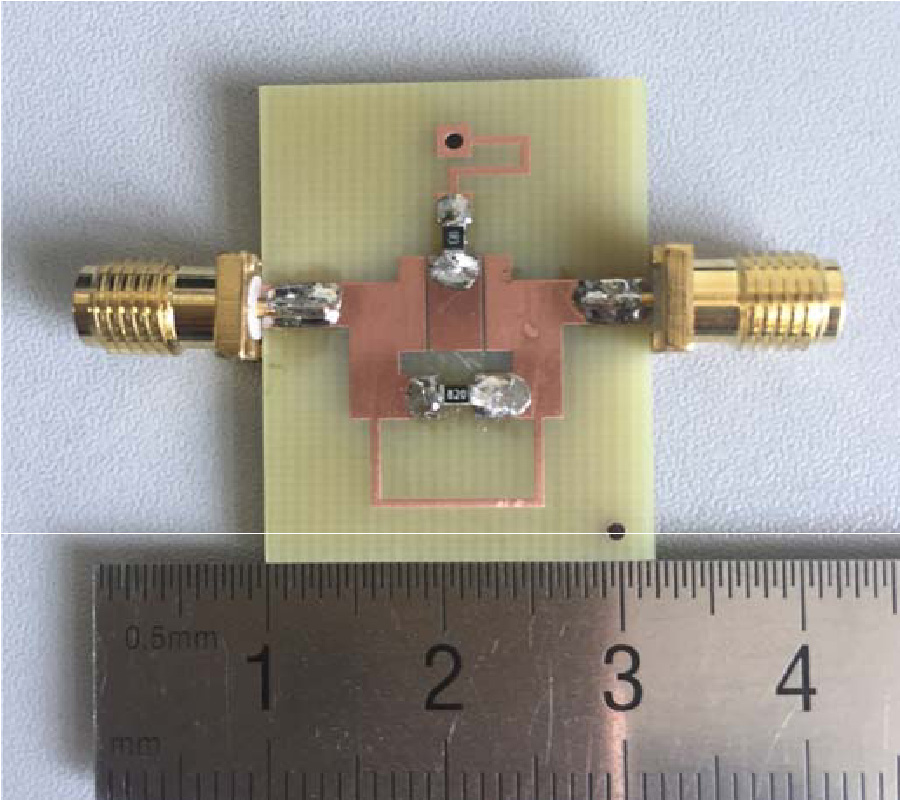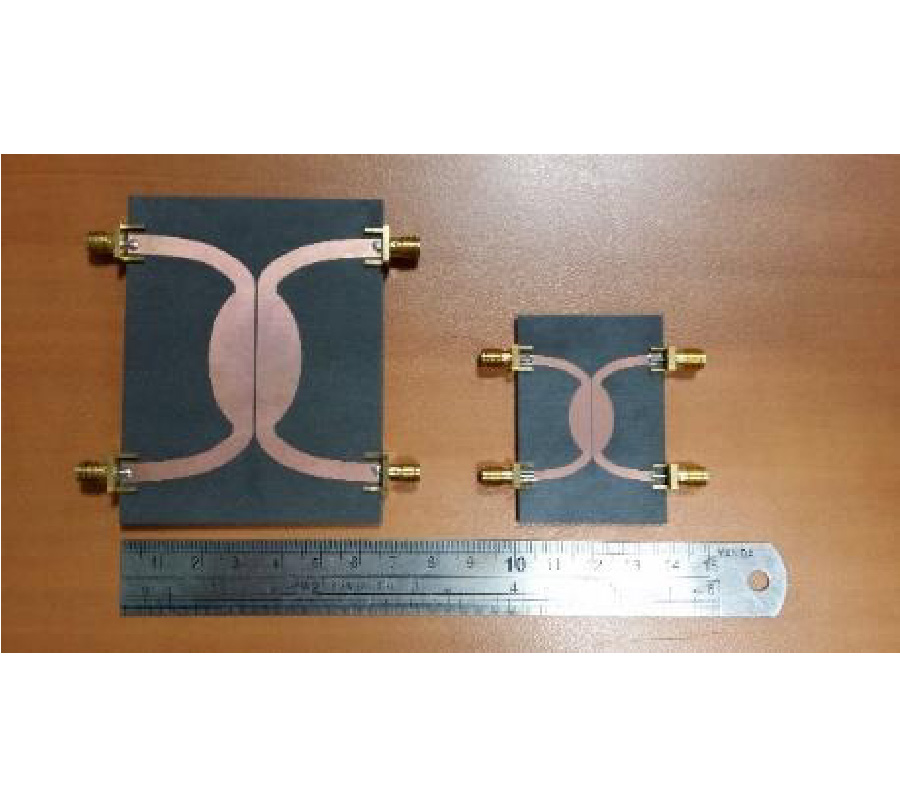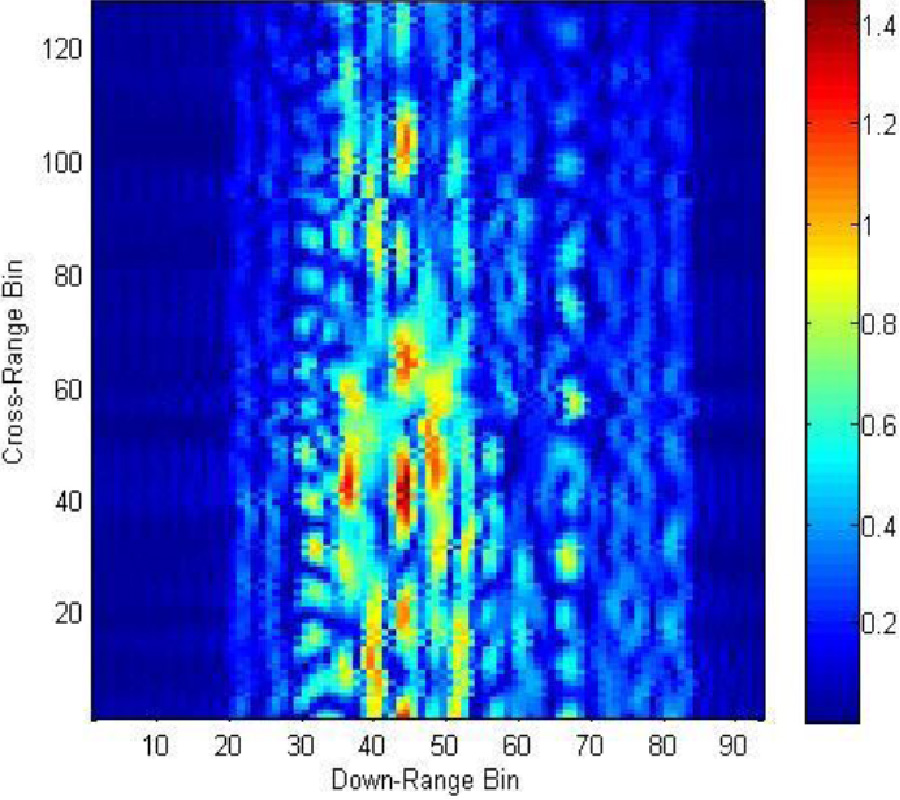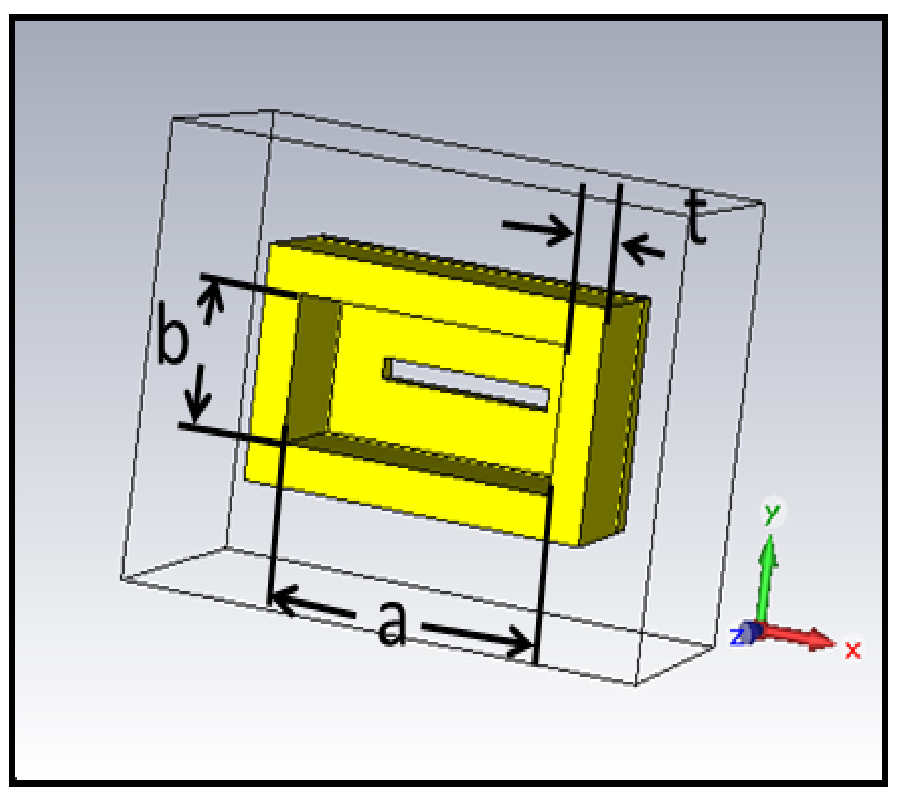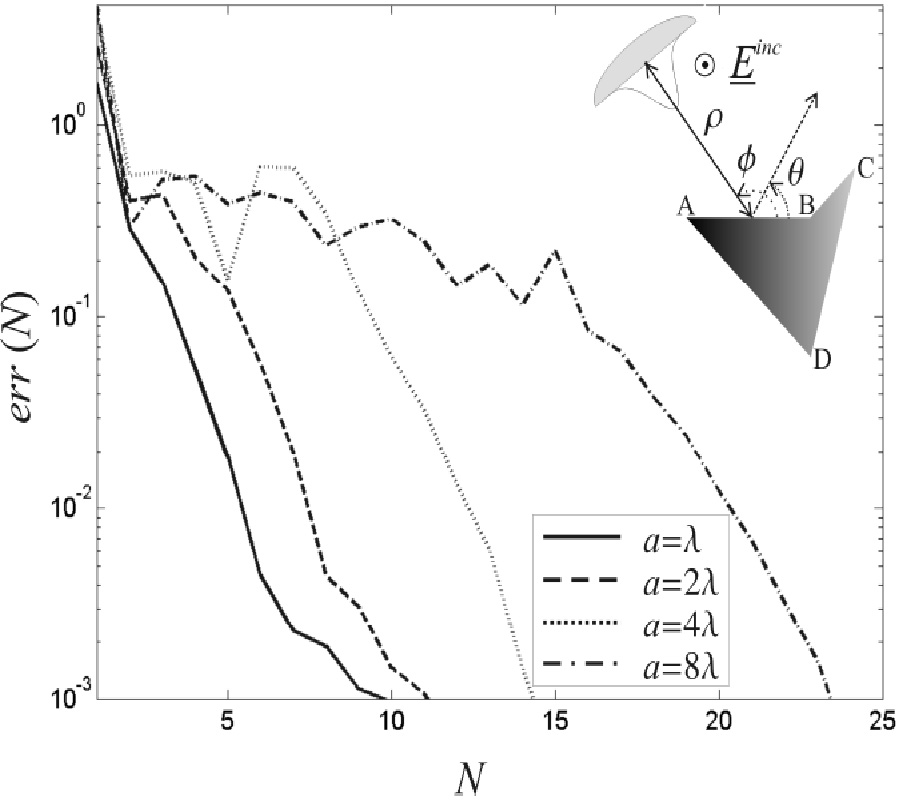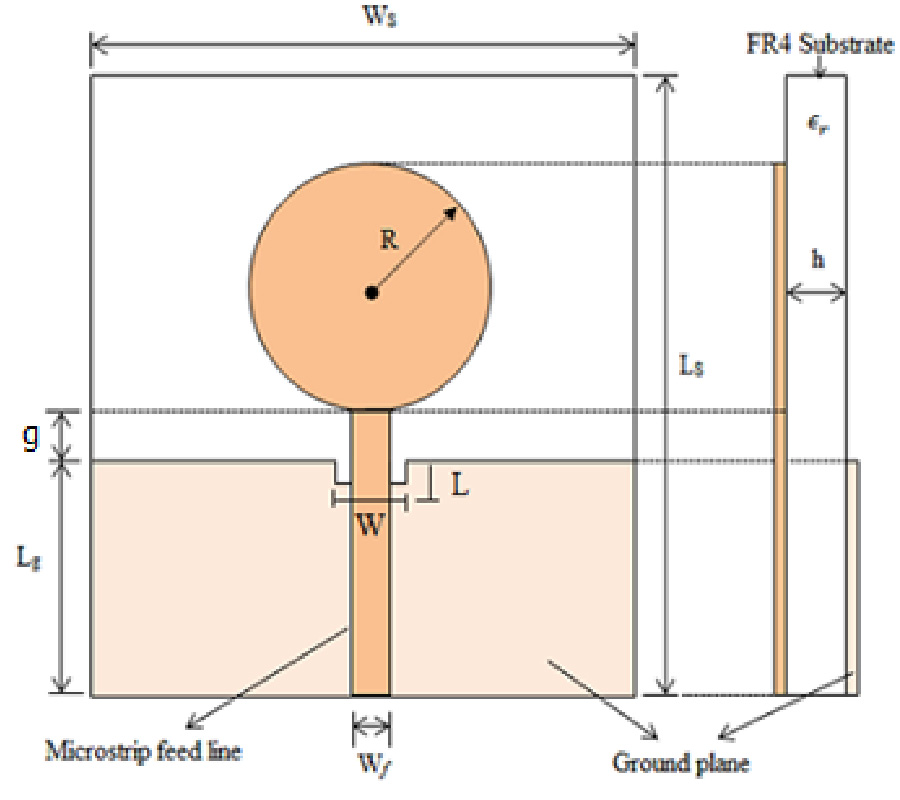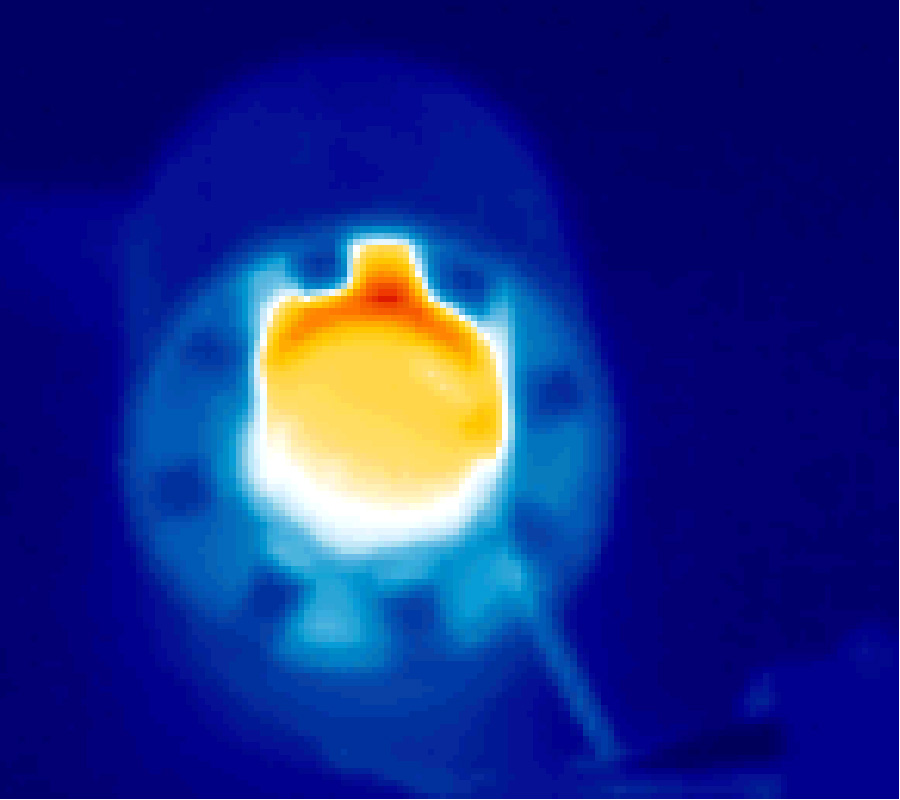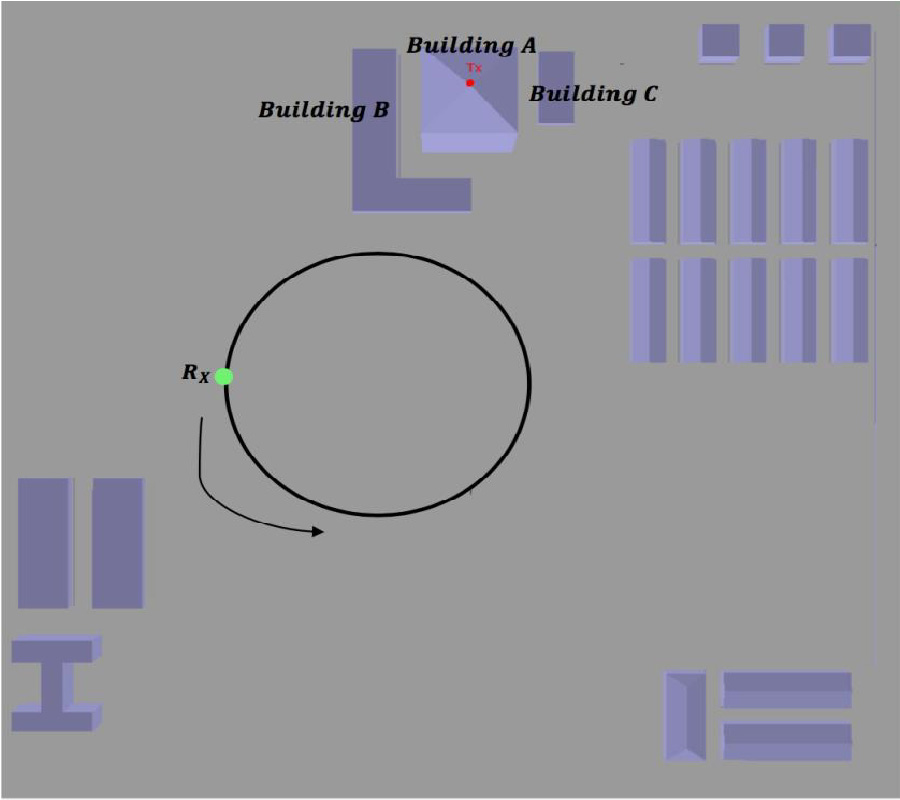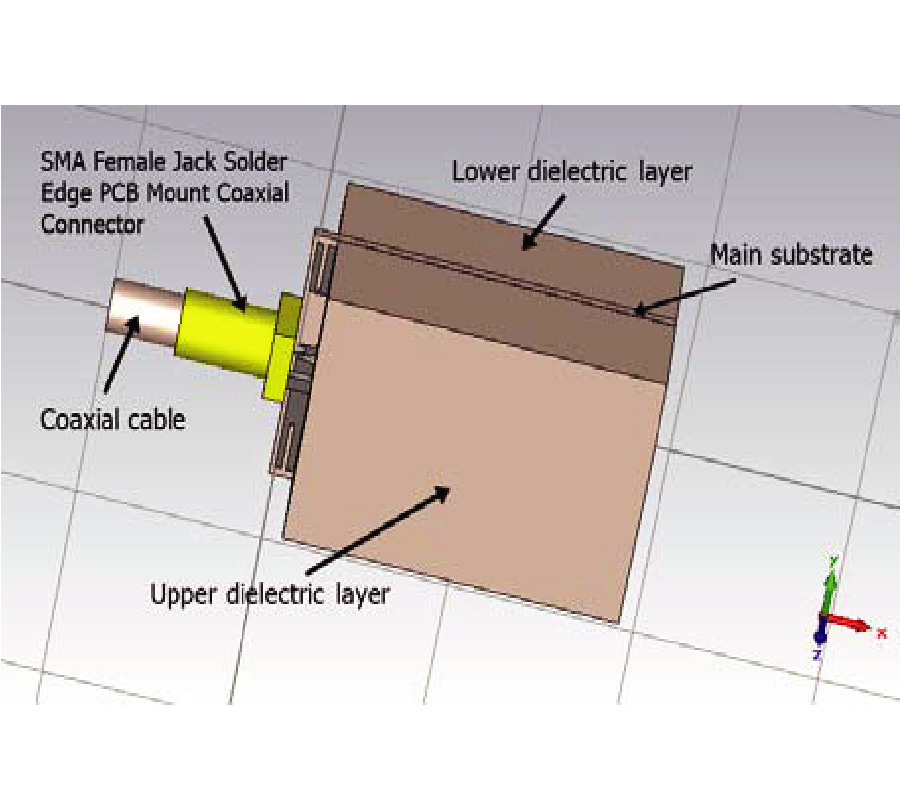Time Domain and Frequency Domain Deterministic Channel Modeling for Tunnel/Mining Environments
Chenming Zhou
,
Ronald Jacksha
,
Lincan Yan
,
Miguel Reyes
and
Peter Kovalchik
Understanding wireless channels in complex mining environments is critical for designing optimized wireless systems operated in these environments. In this paper, we propose two physics-based, deterministic ultra-wideband (UWB) channel models for characterizing wireless channels in mining/tunnel environments --- one in the time domain and the other in the frequency domain. For the time domain model, a general Channel Impulse Response (CIR) is derived and the result is expressed in the classic UWB tapped delay line model. The derived time domain channel model takes into account major propagation controlling factors including tunnel or entry dimensions, frequency, polarization, electrical properties of the four tunnel walls, and transmitter and receiver locations. For the frequency domain model, a complex channel transfer function is derived analytically. Based on the proposed physics-based deterministic channel models, channel parameters such as delay spread, multipath component number, and angular spread are analyzed. It is found that, despite the presence of heavy multipath, both channel delay spread and angular spread for tunnel environments are relatively smaller compared to that of typical indoor environments. The results and findings in this paper have application in the design and deployment of wireless systems in underground mining environments.


